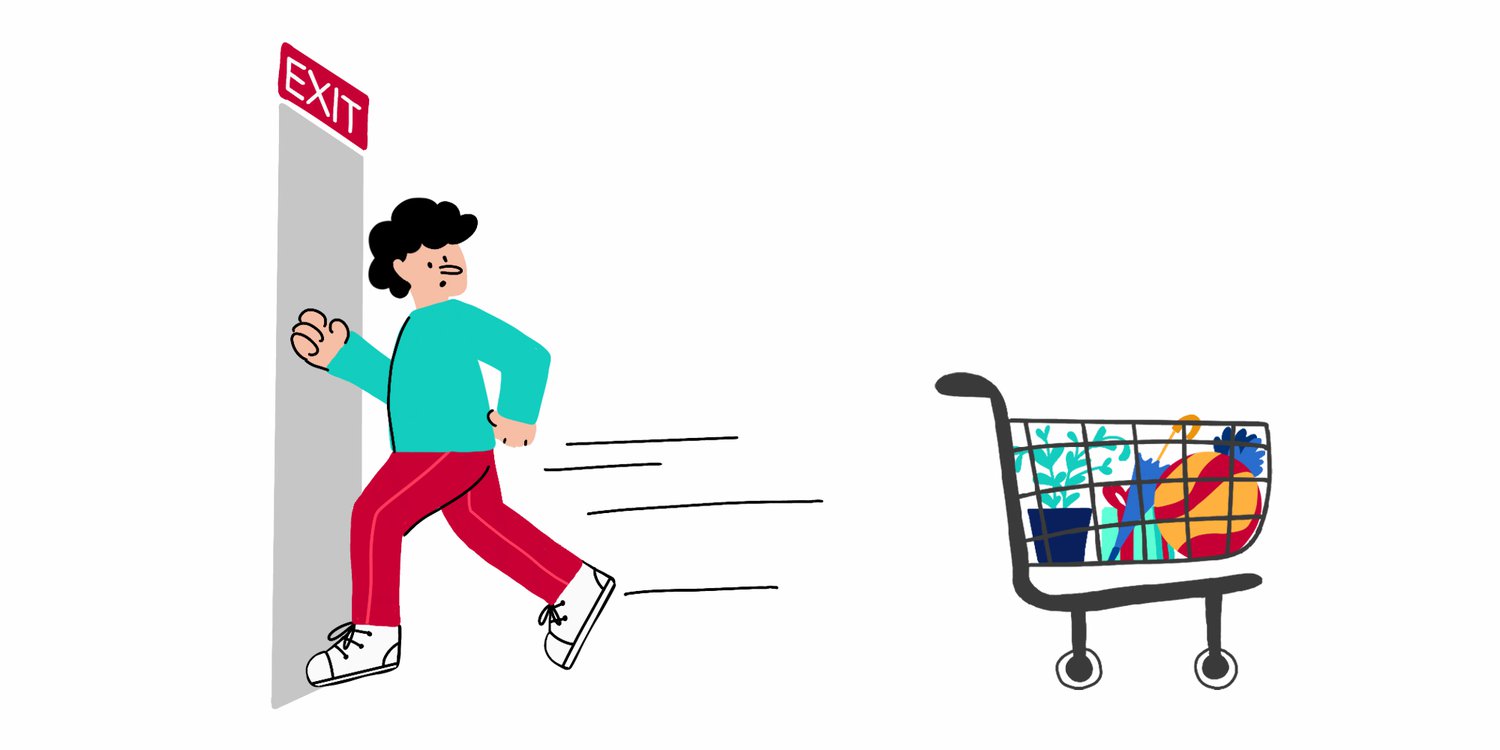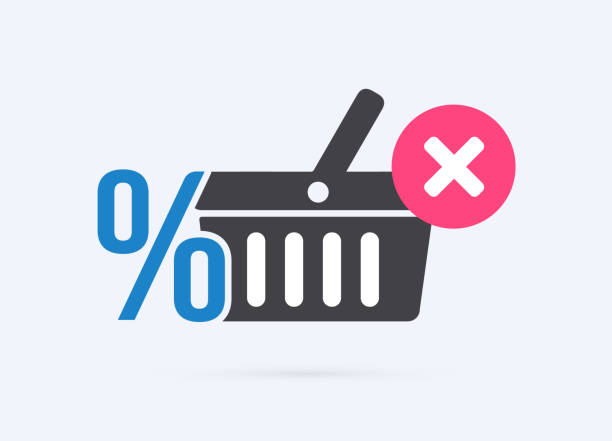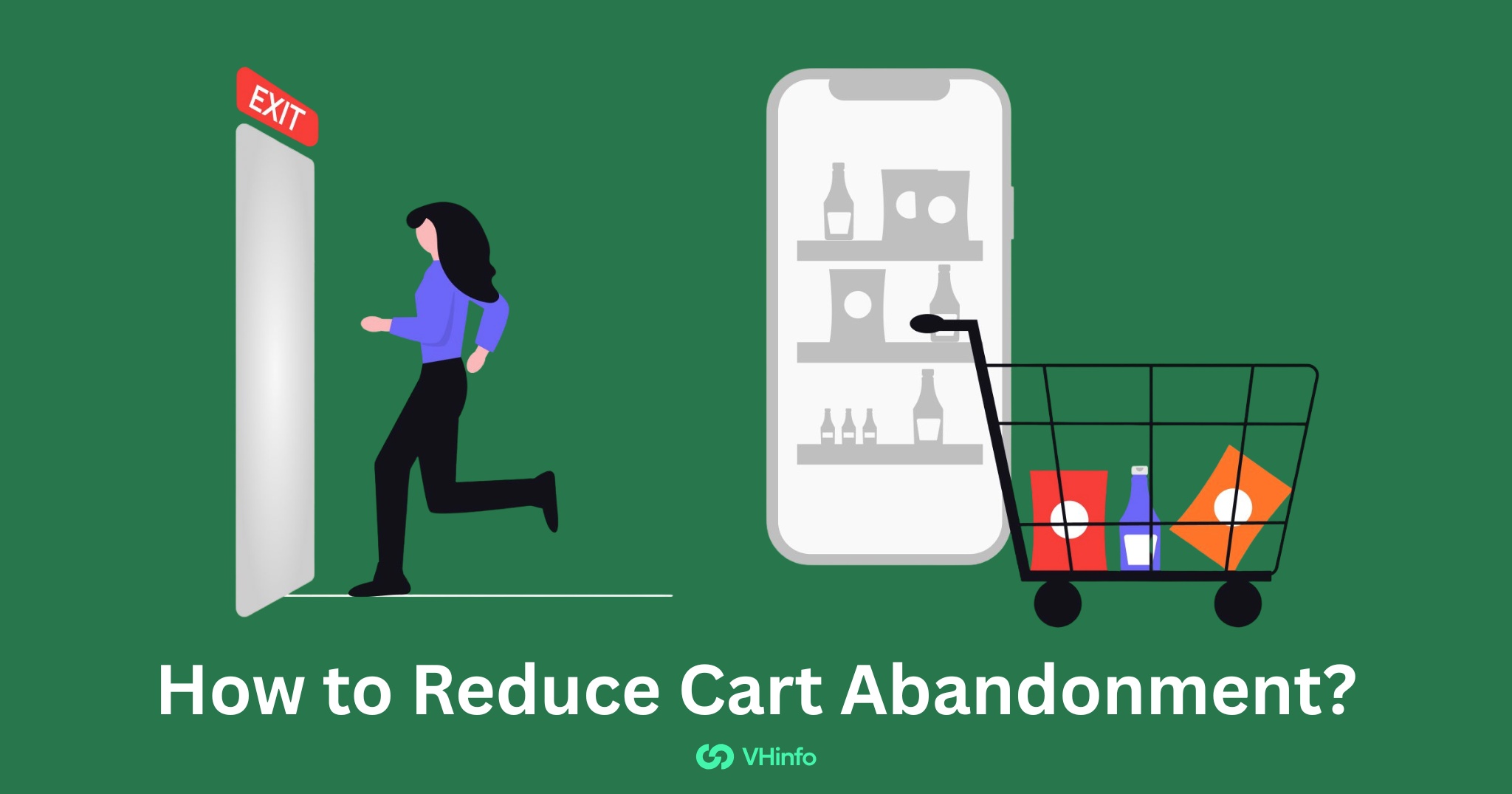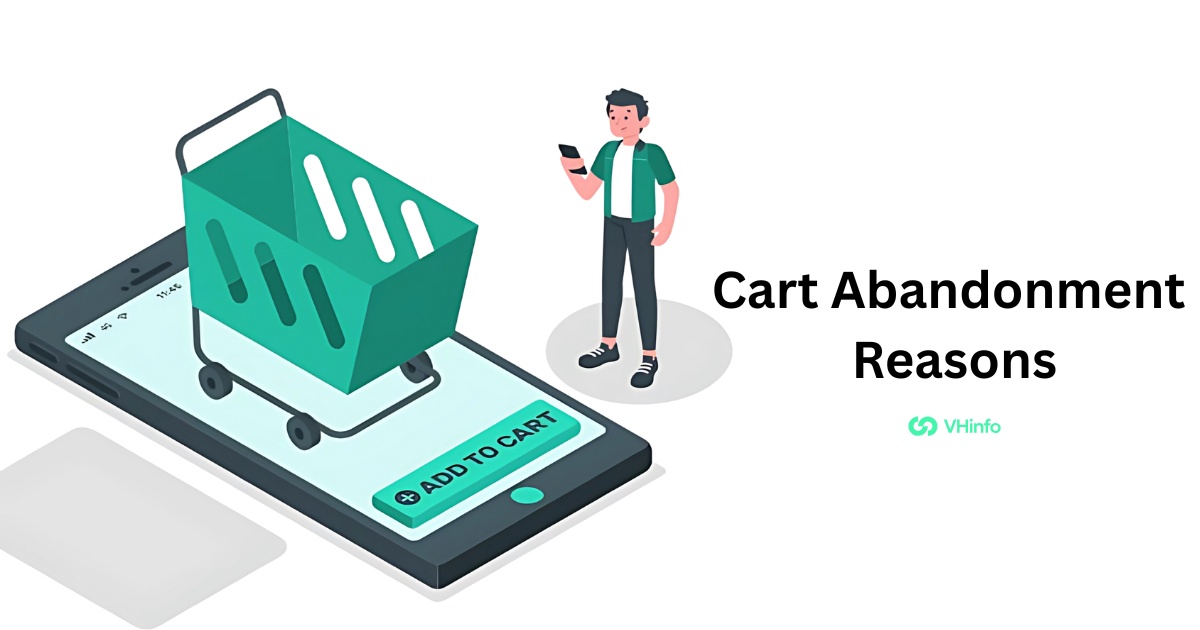Cart abandonment occurs when online shoppers put items in their cart but leave without buying. This high rate of abandonment costs ecommerce stores a lot of money. They lose billions in sales, which lowers their conversion rate.
VH Info explains why cart abandonment happens. They also show easy steps that SaaS brands and online stores can take. These steps help to reduce the number of abandoned carts. They can recover lost sales and make the user experience better.
What is Cart Abandonment?

Cart abandonment happens when online shoppers add items to their cart but leave before buying. It is like filling a cart in a store and leaving without paying. A high shopping cart abandonment rate means many possible buyers drop out during checkout.
This leads to lost money for online stores. Shopping cart abandonment shows issues in the checkout process or problems with payment methods, delivery options, or user experience.
Online sellers can identify issues on the checkout page by monitoring the cart abandonment rate, which ultimately aids in boosting sales and revenue for their businesses.
Why Users Abandon Their Cart?

Online shoppers leave their carts for many reasons.
- First, they often find extra costs. These can be high shipping fees, taxes, or surprise charges. This usually happens late in the process and shocks buyers.
- Second, some sites require users to make an account. This can be hard when there are too many fields to fill out. It makes checking out slower and more frustrating.
- Third, if there are few ways to pay or worries about safety, shoppers feel uneasy. They do not want to share credit card info or personal data.
- Fourth, if delivery times are slow or unclear, shoppers doubt when their items will arrive. This can spoil the online shopping fun.
- Finally, tech issues, bad mobile design, or missing discounts can break trust with shoppers. It can also make checkout too hard and lead to more carts being left behind.
How to Calculate Your Cart Abandonment Rate?

To find your cart abandonment rate, use this formula:
Cart Abandonment Rate = (Number of Abandoned Carts ÷ Total Number of Shopping Carts Created) × 100
For example, if 100 online shoppers add items to their shopping cart but only 30 complete the purchase, then 70 carts are abandoned. So, the abandonment rate is (70 ÷ 100) × 100% = 70%. This calculation shows the percentage of initiated transactions that did not convert.
Monitoring this metric over time helps ecommerce businesses measure the checkout experience, identify where users drop off, and test improvements to lower the abandonment rate and recover lost revenue.
10 Cart Abandonment Reasons

Unexpected Additional Costs
When online shoppers get to the checkout page, they may see extra costs. These costs can include shipping fees, taxes, or handling fees. Such extra costs can surprise shoppers. They often make the total price higher than what was planned. This can lead to cart abandonment.
To help reduce this issue, it’s best to show all fees clearly in the shopping cart. Offering free shipping or clear shipping costs also helps lower abandonment. Being clear about costs builds trust with shoppers. This helps keep people moving through the checkout process.
Forced Account Creation
Asking online shoppers to make an account before they buy adds extra steps to the checkout flow.
Filling in personal information and setting passwords can feel like a complicated checkout process. Many users leave rather than go through account creation. Letting people use guest checkout keeps the cart moving and cuts the abandonment rate.
Offering optional signup after purchase can still capture emails without blocking the sale.
Complicated Or Lengthy Checkout Process
A checkout process with many form fields can be tiring. It may have too many pages or questions about credit card details. Each extra step can slow down the user experience. When the checkout design is hard to use, shoppers often leave before they pay.
To fix this, simplify the checkout page. Reduce the number of form fields and add a progress bar. This makes the process quick and clear. It can help increase the number of people who buy.
Slow Or Unclear Delivery Times
If shipping times or delivery choices are unclear, shoppers may worry. They want to know when they will get their order.
Slow delivery without clear dates can drive customers away. Adding notes like “Free delivery in 3–5 days” helps build trust. Showing next-day shipping options also gives confidence.
Clear shipping choices and an easy return plan improve the shopping experience. This can help reduce abandoned carts.
Payment Security Concerns
Shoppers may feel scared when entering their credit card information. This fear grows if they do not trust the site. They worry about sharing their credit card info or personal data. This can lead to cart abandonment.
To help, show SSL badges and security logos on your site. Also, use secure payment methods like Apple Pay and Google Pay. These actions make users feel safer. Providing trust signals and many payment choices can lower the cart abandonment rate.
Limited Payment Options
If an online store has only a few ways to pay, some customers may not complete their purchase.
If there are no PayPal or credit card choices, shoppers might leave their cart. When stores offer many payment options, it helps buyers feel good about paying. This can include digital wallets and local payment choices.
By having more ways to pay, stores can reduce cart abandonment. This also leads to more sales and better conversion rates.
Lack of Mobile-Friendly Design
Many people shop online using their phones. If the checkout page is not easy to use on mobile, it can cause issues.
Buttons may be hard to tap, and forms might be hard to fill out. A busy shopping cart or slow loading times on a phone can lead to shoppers leaving without buying. Making the checkout process better for mobile users helps a lot.
Using a design that fits all screens and making pages load faster can improve the user experience. This change can also lower the number of carts that are abandoned.
Poor User Experience Or Technical Errors
When the checkout page crashes, shoppers get mad and leave. An error or slow loading can make them upset. Even small bugs in the cart can stop card entry or coupon codes. Testing the checkout often is important. Fixing bugs is also key.
Giving clear error messages helps prevent these problems. A good checkout experience means more people will finish their buys.
Missing Discounts Or Incentives
Shoppers enjoy using coupon codes, discount codes, or free delivery offers. If a code does not work, they might leave the cart. They may also leave if there are no perks like free shipping or a small gift. Showing valid coupon codes is important. Displaying discounts early helps too.
Offering discounts for first-time buyers can boost sales. Perks like free shipping or small discounts lower the chance of leaving the cart.
Window Shopping and Browsing Behavior
Online shoppers often add items to their cart. They do this to save them for later. Sometimes, they want to compare prices. This is not a mistake in the checkout process. It is just normal window shopping.
To change these cart abandoners into buyers, use retargeting ads on social media. You can also use emails for abandoned carts or cart recovery. Gentle reminders with product details help recover lost sales. Incentives can also raise the conversion rate.
Why It’s Important to Know the Causes of Cart Abandonment?

- Capturing Revenue: Knowing why people leave their carts can help online stores get back lost money. It also helps boost sales. Stores can use simple ways to fix this. These include offering free shipping, clear costs, and sending emails to remind customers about their carts.
- Improving the User Experience: Reducing problems in the checkout process is important. It makes the buying experience better for users. A simple checkout design helps a lot. Also, allowing guest checkout can make things easier. These changes can help raise sales rates. They also help build trust in the brand.
- Gaining Operational Insights: Looking at the abandonment rate is important. It helps us understand how well the checkout flow works. We can see which payment methods are popular. We also learn about average rates for cart abandonment. Additionally, we can check what customers expect for delivery. This data is valuable for improving the shopping experience.
How to Reduce Cart Abandonment?

To help lower cart abandonment, follow these tips mentioned below:
Simplify the Checkout Process
Make your checkout flow short and clear so online shoppers don’t get stuck. Use a one-page checkout or one-click checkout to collect only essential information like shipping address and credit card details.
Remove extra form fields and avoid asking for too much personal information. A progress bar on the checkout page helps users see how close they are to finishing. A simple checkout design cuts the complicated checkout process and boosts your conversion rate.
Offer Guest Checkout Options
Let customers buy items without making an account. Making them create an account adds more steps to the checkout. This can cause many people to leave their carts. Guest checkout only asks for shipping and payment details. This makes buying faster and easier. After they buy, you can ask them to make an account. Allowing guest checkout helps reduce problems and lowers the number of abandoned carts.
Be Transparent About All Costs
Show all extra costs like shipping, taxes, and fees before users reach the checkout page. Hidden costs are a main reason for cart abandonment. Display free shipping limits and any extra costs early on.
Also, show coupon codes at this stage. A clear list of costs builds trust with customers. It helps manage what they expect while shopping online. Clear prices encourage customers to keep going through checkout.
Provide Multiple Payment Methods
Online shoppers like to have many ways to pay. You should offer options like credit cards, debit cards, PayPal, Apple Pay, Google Pay, and buy-now-pay-later services.
If you don’t have popular payment methods, many users might leave without buying. Having different payment choices helps meet the needs of different customers. It also eases worries about payment safety.
When you provide many ways to pay, it makes checking out easier. This can help increase the number of sales you make.
Enhance Site Speed and Mobile Optimization
Most online shopping carts begin on mobile devices. Slow load times or poor design make people leave their carts. You should aim for a mobile site that loads in less than three seconds. The site should work well on all screen sizes.
To speed up the page, optimize images and reduce code size. Also, use browser caching to help with loading times. A faster mobile checkout makes shopping better. It can also lower the cart abandonment rate.
Improve Delivery Options and Transparency
You should show delivery options on the shopping cart and checkout pages. Include estimated delivery dates and shipping costs. Offer choices like standard shipping, free delivery, or next-day delivery. This helps users know what to expect. Provide links for real-time tracking.
Also, have a simple return policy to ease delivery worries. Clear delivery information builds trust with customers. It makes the user experience better and lowers the rate of cart abandonment.
FAQ’s:
What is the Average Rate of Cart Abandonment?
The average rate of cart abandonment on e-commerce sites is about 70.19%.
This means that about seven out of ten online carts are not finished. Many customers leave their carts before checking out. This high rate leads to lost money for online stores. It shows a big chance to make the shopping cart process better.
How Can Improving Checkout Design Decrease Cart Abandonment?
A clear and simple checkout design can help increase sales. Fewer form fields make it easier for buyers. Guest checkout options also help. Visible progress indicators guide shoppers as they check out. These changes can boost conversion rates by up to 35.26%.
When the checkout flow is easy, online shoppers finish their purchases faster. This also helps decrease cart abandonment rates.
What Role Does Customer Support Play In Reducing Cart Abandonment?
Good customer support is important. It can be through live chat, phone, or email. This support helps answer questions quickly. Customers often have questions about payment methods and credit card information. They may also ask about shipping costs and delivery times.
When these issues are resolved quickly, it makes customers happy. Strong support helps fix technical problems, too. It also eases worries about payment safety. Good support improves the user experience a lot. This can help lower the rate of cart abandonment.
Conclusion
Cart abandonment is a big problem for ecommerce brands, SaaS stores, and online shops.
It happens when shoppers leave items in their carts without buying. There are many reasons for this. These include surprise costs, needing to make an account, few payment choices, and bad mobile design.
Understanding these top 10 reasons enables online sellers to address and rectify them. Streamlining the checkout process and allowing purchases without requiring an account can enhance the experience.
Additionally, displaying transparent costs and providing various payment options can lead to increased sales.
Making the site faster, improving mobile use, and better delivery choices will make shopping easier for users.
With these changes, SaaS brands can get back lost money and reduce cart abandonment. This will help increase sales over time.



